White sharks are one of the most fascinating and mysterious creatures to exist on the planet. It has fascinated both laypeople and researchers alike for ages. Even after several years of research, several aspects of a white shark are one of the biggest mysteries of the deep sea, including where the shark mates and gives birth. But this rare sighting is expected to give scientists a better insight into this intriguing species. Researchers have reported a sighting of a white baby shark, something that isn't commonly seen. This is bound to answer several questions about the shark. The images of the newborn shark were captured and published in the journal "Environmental Biology of Fishes." A video of the baby was also captured, which Philips Sterenes, the co-author of the study and organismal biologist at the University of California, Riverdale, says isn't like something they've seen before, as per the Smithsonian magazine.
The shark was observed with a drone camera off the coast of Carpinteria, California, near Santa Barbara. The researchers believe that the shark was newborn because of its five-foot-long size and the intrauterine covering surrounding the shark as per the outlet. “Where white sharks actually give birth to their pups remains one of the ocean’s great mysteries,” Tobey Curtis, a shark ecologist for the National Oceanic and Atmospheric Administration, told the Washington Post through an email. The observations of such sharks are very rare and any images or videos are extremely valuable for knowing more about their world. As per the source, white sharks are found in every ocean in the world. In the US, they are found from Maine to the Gulf of Mexico and the Caribbean in the Atlantic, and from Alaska to Hawaii in the Pacific.
Like many species, these sharks have declined in numbers due to activities like overfishing, illegal poaching and so on. They are considered a vulnerable species by the International Union for Conservation of Nature and steps are being taken to protect them all over the world. As the scientists don't know where the sharks are born, barely three or four white sharks under a year old have been observed, Charles Underwood, who studies shark paleontology and evolution at Birbeck University, London, told New Scientist. It is usually “nearly impossible to be in the exact right place at the exact right time to observe and document the moment of birth.” But on July 9, 2023, Sternes and Carlos Guana, a filmmaker and co-author of the study, captured the first-of-its-kind footage of the newborn white shark. Although white sharks are white on the top and grey on the bottom, this shark was completely white due to the substance surrounding it.
Other things that point towards the shark being a newborn are its rounded fins, seen in young white sharks and shark embryos. The location where the shark was spotted had been previously predicted to be the place where the specific shark gives birth. A few adult white sharks were spotted a few days before at the same location as well. Although there are several facts supporting the idea that the shark could be a newborn, there are also chances that it could be older than a newborn shark with skin disorders. Scientists will conduct further research based on both theories to confirm which one holds good and as per the results, make efforts to preserve the area for white shark conservation.



















 Rice grain and white rice.Image via
Rice grain and white rice.Image via  Person eats rice.Image via
Person eats rice.Image via  Washing and rinsing rice.
Washing and rinsing rice.  Mother and daughter eating rice meal.Image via
Mother and daughter eating rice meal.Image via 

 Bees feeding on food source.Image via
Bees feeding on food source.Image via 
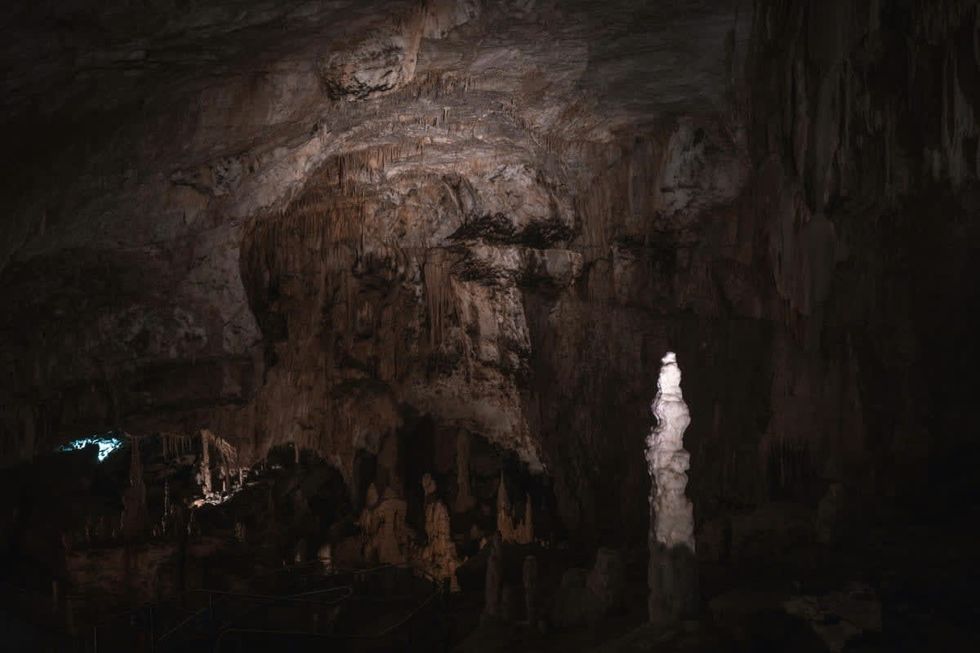 In the depths...Pexels | francesco ungaro
In the depths...Pexels | francesco ungaro Hope the lights stay on. Pexels | parfait fongang
Hope the lights stay on. Pexels | parfait fongang "That was beyond crazy..." YouTube |
"That was beyond crazy..." YouTube |  "This is the stuff of my nightmares..."YouTube |
"This is the stuff of my nightmares..."YouTube |  "Totally blown away..." YouTube |
"Totally blown away..." YouTube | 
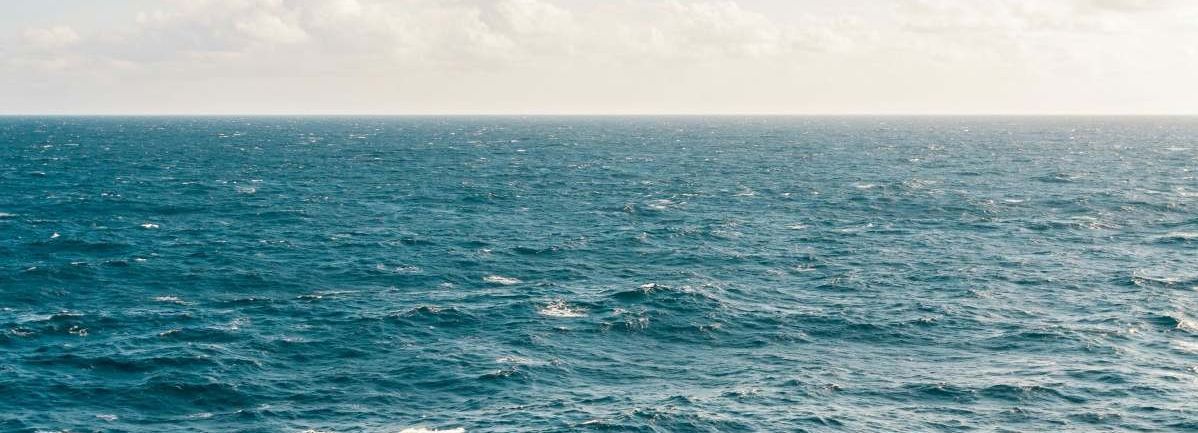 A representative Image of The Atlantic Ocean. Source: Pexels | Kellie Churchman
A representative Image of The Atlantic Ocean. Source: Pexels | Kellie Churchman Representative Image Source: Painting from a series by Ernest Untermann in the museum at Dinosaur National Monument, Utah.
Representative Image Source: Painting from a series by Ernest Untermann in the museum at Dinosaur National Monument, Utah.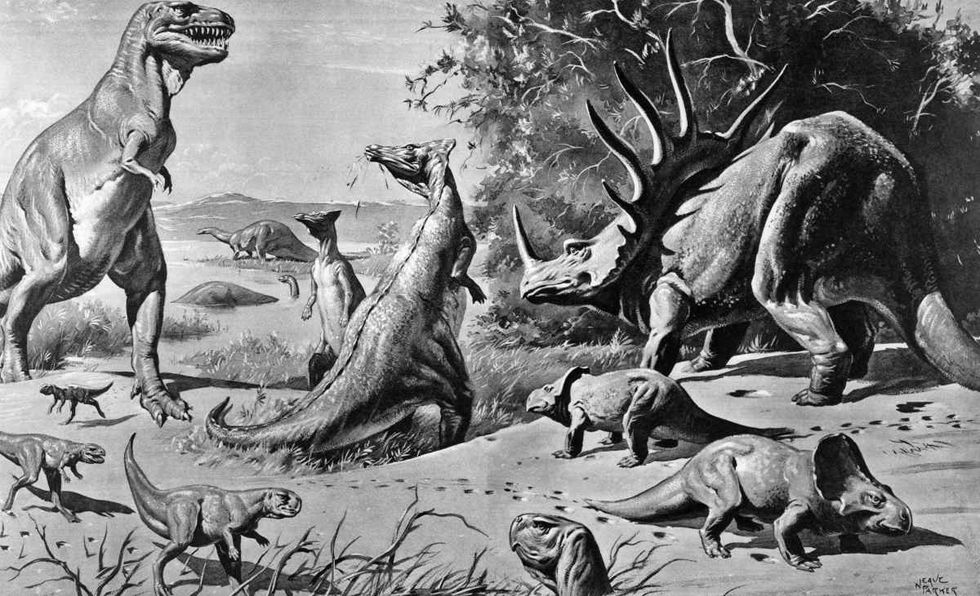 Representative Image Source: VARIOUS DINOSAURS IN GOBI DESERT. Photo by H. Armstrong Roberts/ClassicStock/Getty Images
Representative Image Source: VARIOUS DINOSAURS IN GOBI DESERT. Photo by H. Armstrong Roberts/ClassicStock/Getty Images
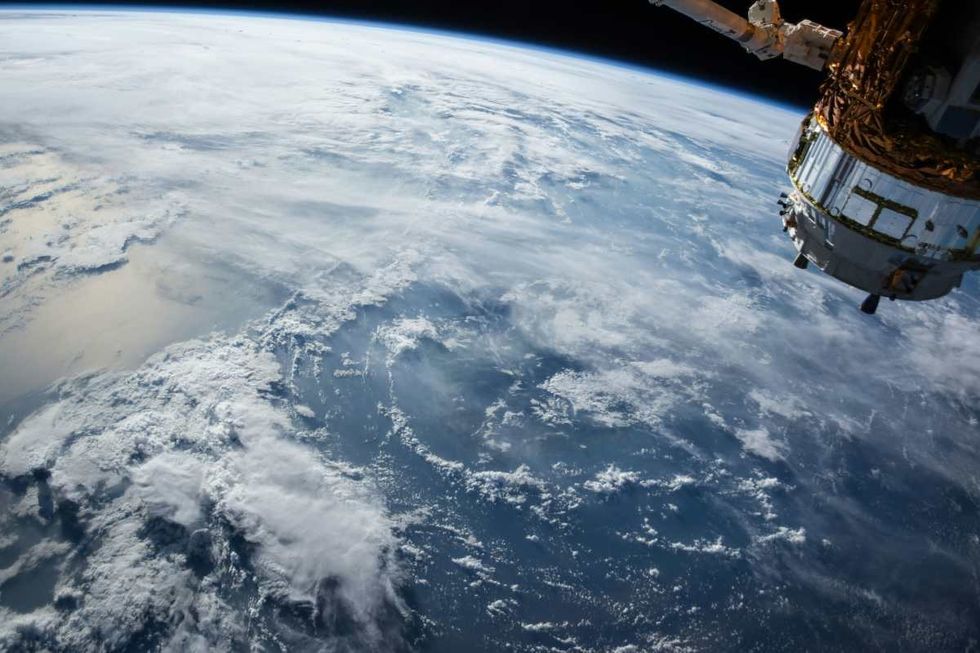 Representative Image Source: Unsplash | NASA
Representative Image Source: Unsplash | NASA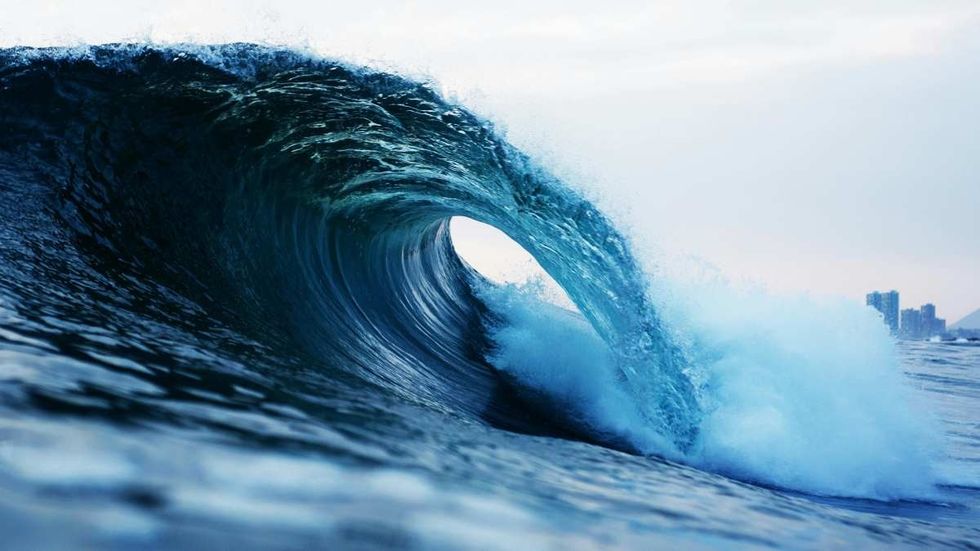 Representative Image Source: Pexels | Earano
Representative Image Source: Pexels | Earano Representative Image Source: Pexels | Mauro Ignacio Torres
Representative Image Source: Pexels | Mauro Ignacio Torres
President Donald J. Trump and photo of a forest.
Public united and adamantly opposes Trump’s plan to roll back the Roadless Rule
There doesn't seem to be much agreement happening in the U.S. right now. Differing moral belief systems, economic disparity, and political divide have made a country with so many positives sometimes feel a little lost. Everyone desperately seeks a niche, a connection, or a strong sense of community to which they can feel a "part of," rather than just "apart."
But there seems to be one thing that the country strongly unites over, and that's the "Roadless Rule." With the Trump Administration attempting to roll back conservation policies that protect U.S. National Forests, Americans are saying in harmony an emphatic "No." A nonpartisan conservation and advocacy organization, the Center for Western Priorities, reviewed a comment analysis on the subject. After receiving 223,862 submissions, a staggering 99 percent are opposed to the president's plan of repeal.
What is the 'Roadless Rule' policy implemented in 2001?
The Roadless Rule has a direct impact on nearly 60 million acres of national forests and grasslands. According to the U.S. Department of Agriculture, the rule prohibits road construction and timber harvests. Enacted in 2001, it is a conservation rule that protects some of the least developed portions of our forests. It's considered to be one of the most important conservation wins in U.S. history.
America's national forests and grasslands are diverse ecosystems, timeless landscapes, and living treasures. They sustain the country with clean water and the wood products necessary to build our communities. The National Parks protected under their umbrella offer incredible recreational retreats and outdoor adventure.
Why does the administration want to roll it back?
U.S. Secretary of Agriculture Brooke L. Rollins told the Department of Agriculture in a 2025 press release, “We are one step closer to common sense management of our national forest lands. Today marks a critical step forward in President Trump’s commitment to restoring local decision-making to federal land managers to empower them to do what’s necessary to protect America’s forests and communities from devastating destruction from fires." Rollins continued, “This administration is dedicated to removing burdensome, outdated, one-size-fits-all regulations that not only put people and livelihoods at risk but also stifle economic growth in rural America. It is vital that we properly manage our federal lands to create healthy, resilient, and productive forests for generations to come. We look forward to hearing directly from the people and communities we serve as we work together to implement productive and commonsense policy for forest land management.”
Forest Service Chief Tom Schultz explained the Roadless Rule frustrated land management and acts as a challenging barrier to action. It prohibits road construction needed to navigate wildfire suppression and properly maintain the forest. Schultz said, “The forests we know today are not the same as the forests of 2001. They are dangerously overstocked and increasingly threatened by drought, mortality, insect-borne disease, and wildfire. It’s time to return land management decisions where they belong – with local Forest Service experts who best understand their forests and communities."
Why are people adamantly opposed to the proposed rollback?
A 2025 article in Earthjustice, a nonprofit environmental law organization, expressed its concern over the protection of national forests covering 36 states and Puerto Rico. A rescinded rule allows increased logging, extractive development, and oil and gas drilling in previously undisturbed backcountry. Here is what some community leaders had to say about it:
President Gloria Burns, Ketchikan Indian Community, said, "You cannot separate us from the land. We depend on Congress to update the outdated and predatory, antiquated laws that allow other countries and outside sources to extract our resource wealth. This is an attack on Tribes and our people who depend on the land to eat. The federal government must act and provide us the safeguards we need or leave our home roadless. We are not willing to risk the destruction of our homelands when no effort has been made to ensure our future is the one our ancestors envisioned for us. Without our lungs (the Tongass) we cannot breathe life into our future generations.”
Linda Behnken, executive director of the Alaska Longline Fishermen’s Association, stated, "Roadbuilding damaged salmon streams in the past — with 240 miles of salmon habitat still blocked by failed road culverts. The Roadless Rule protects our fishing economy and more than 10,000 jobs provided by commercial fishing in Southeast Alaska.”
The Sierra Club's Forest Campaign Manager Alex Craven seemed quite upset, saying, "The Forest Service followed sound science, economic common sense, and overwhelming public support when they adopted such an important and visionary policy more than 20 years ago. Donald Trump is making it crystal clear he is willing to pollute our clean air and drinking water, destroy prized habitat for species, and even increase the risk of devastating wildfires, if it means padding the bottom lines of timber and mining companies.”
The 2025 recession proposal would apply to nearly 45 million acres of the national forests. With so many people writing in opposition to the consensus, the public has determined they don't want it to happen.
Tongass National Forest is at the center of the Trump administration's intention to roll back the 2001 Roadless Rule. You can watch an Alaska Nature Documentary about the wild salmon of Tongass National Forrest here:
- YouTube www.youtube.com
The simple truth is we elect our public officials to make decisions. The hope is they do this for all of our well-being, although often it seems they do not. Even though we don't have much power to control what government officials do, voicing our opinions strongly enough often forces them to alter their present course of action. With a unanimous public voice saying, "No!" maybe this time they will course correct as the public wishes.